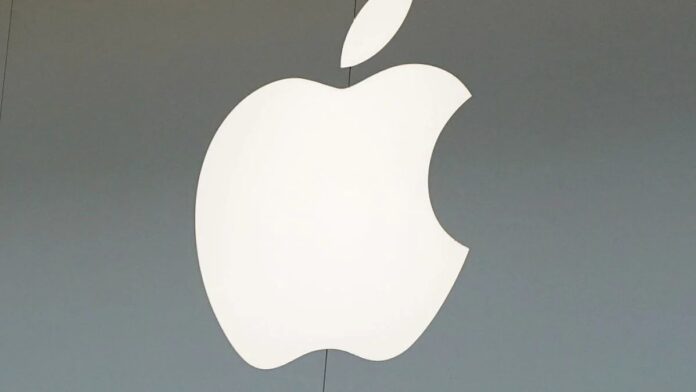Apple has released fresh beta versions of its operating systems for iPhones (iOS), iPads (iPadOS), and Macs (macOS). These allow users to get a sneak peek at upcoming features before the official public launch. While these early betas often lack major groundbreaking changes, they are valuable opportunities for developers and tech enthusiasts to test stability and identify potential issues.
This round of beta releases includes both public and developer versions. Public betas are open to anyone who signs up for Apple’s Beta Software Program, while developer betas require a paid Apple Developer account. Here’s how you can get your hands on each:
Trying Out iOS 26.2 & iPadOS 26.2
For iPhones and iPads running iPadOS, the public beta is now accessible. To install it:
- Join the Beta Program: Head to Apple’s Beta Software Program website and sign up using your existing Apple ID.
- Check for Updates: Open the Settings app on your iPhone or iPad and navigate to General > Software Update. If you are enrolled in the beta program, iOS 26.2 or iPadOS 26.2 should be listed as an available download.
Testing macOS Tahoe 26.2 (Developer Beta)
The macOS update, tentatively named “Tahoe,” is currently available only to developers. However, anyone can participate by taking these steps:
- Enroll in the Developer Program: Visit Apple’s Developer website and sign up for a free membership in the Apple Developer Program.
- Access Beta Downloads: After enrolling, log into the developer portal and join the macOS Tahoe beta program. You’ll then find download instructions on that page.
-
Backup First! Before installing any beta software, it is crucial to back up your Mac data in case any unexpected issues arise.
-
Install Beta: On your Mac, go to System Settings > General > Software Update. Click the “i” icon next to Beta Updates and select “macOS Tahoe Developer Beta” from the dropdown menu. Finally, tap Done to begin the installation process.
Why Betas Matter: Beta releases are an essential part of the software development lifecycle. They allow Apple to gather real-world feedback from users, identify bugs, and refine the operating systems before a wider public launch.


































